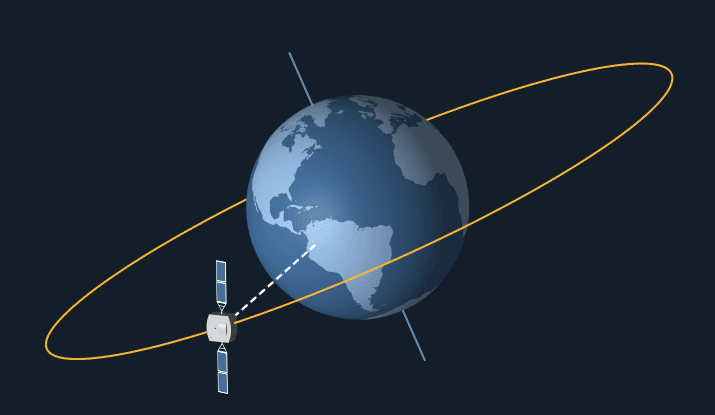What is an orbit?
An orbit is a regular, repeating path that one object in space takes around another one.
It is achieved by going (In earths case) over the atmosphere and achieving a speed that “outruns” the gravitational pull, making you do circles around the earth.
Sometimes orbits are completely circular, othertimes they’re elliptical.
What is a Geostationary Orbit?
A Geostationary orbit is when the object that is orbiting the planet always stays at the same spot from the planets perspective.

How is a Geostationary Orbit Achieved?
A Geostationary Orbit is Achieved by being exactly 35,786 km over the equator.
At this altitude, a satellite’s orbital period matches Earth’s rotation period of approximately 23 hours and 56 minutes.
Usecases
The most common usecase of a Geostationary Orbit is either a Meteorological satellite or a communications satellite.
Even amateurs can receive signals from Meteorological Satellites in geostationary orbit, like for example the GOES series of satellites.


This has been an MIS Blog Post.
